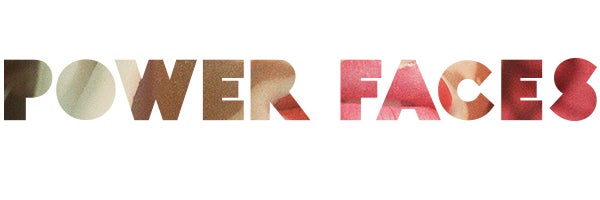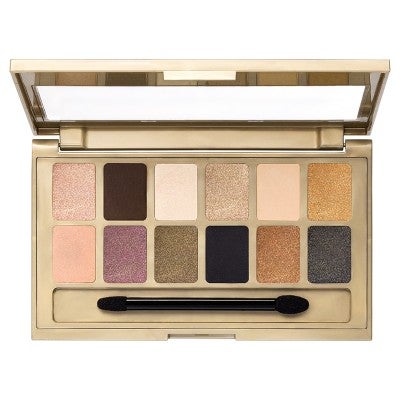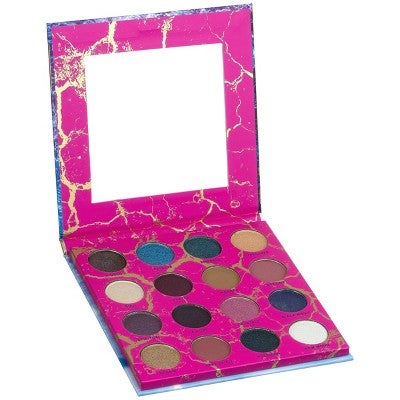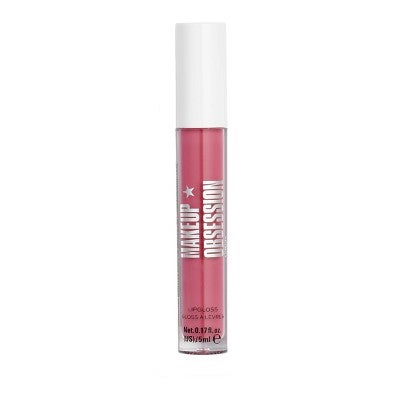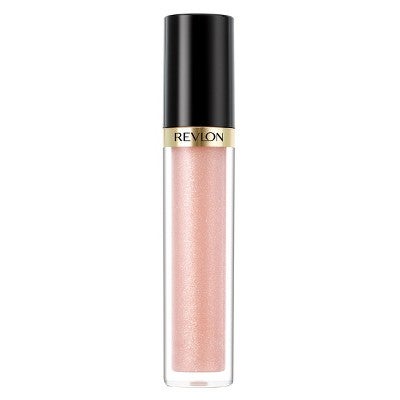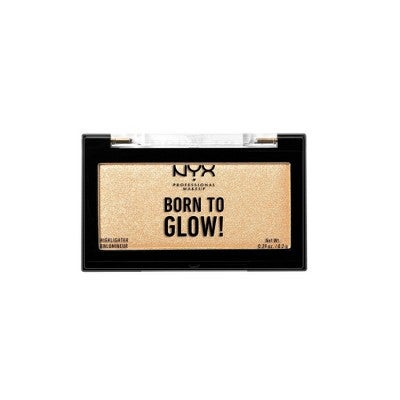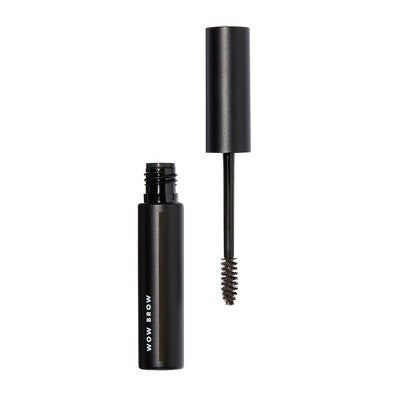I Used To Cover My Vitiligo With Makeup — Now I Celebrate My Skin
THICK SKIN
My relationship with vitiligo was a struggle when I was younger. I got vitiligo around the age of 7 or 8, so I went from being a little kid and not really caring about my appearance to suddenly having to care at a young age. I wasn't just dealing with the vitiligo but also with other people around me bullying and mocking me, making me aware that I was different. It was hard to basically get harassed on a daily basis.








